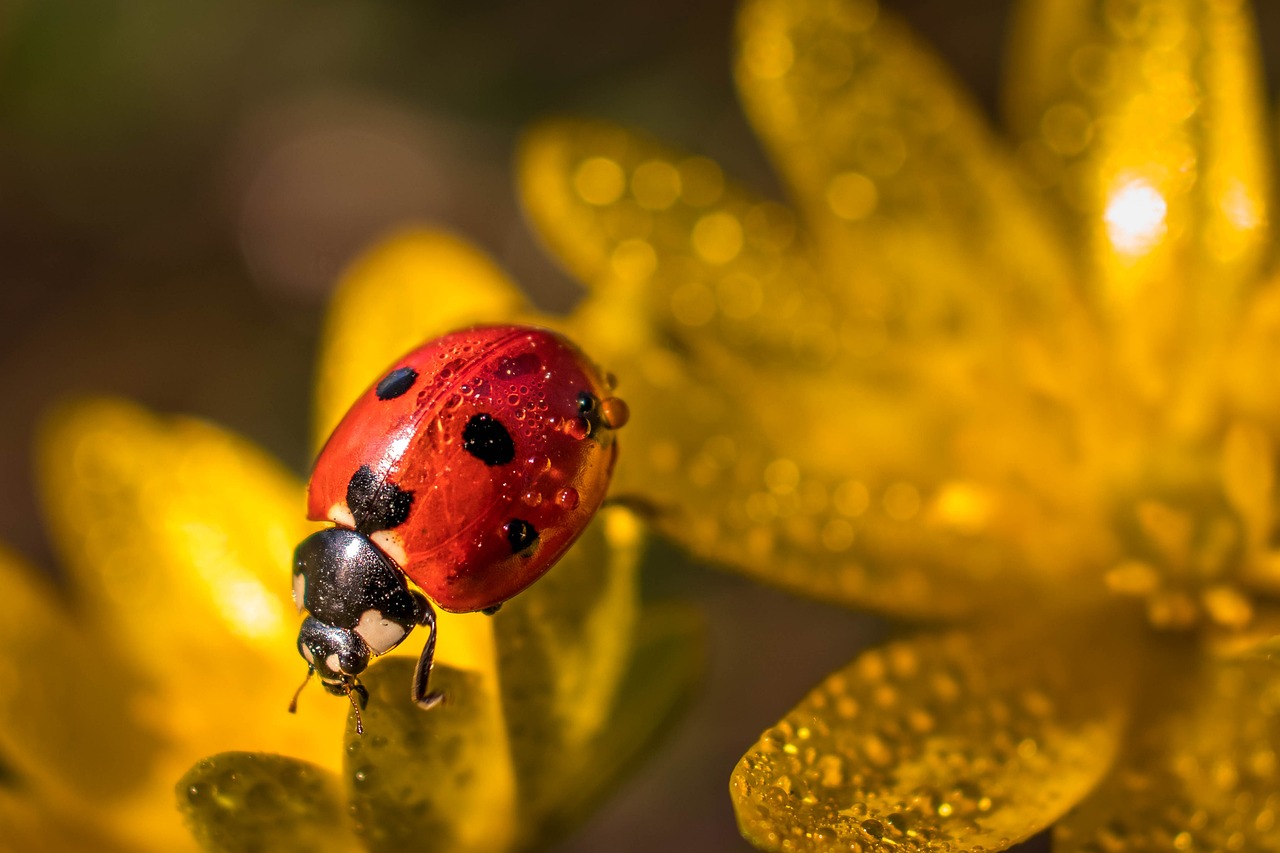
You’ve likely seen your dogs playing with Bugs on the lawn as they go on a walk. At some point, your furry companions start eating them and it’s pretty disgusting. While you’re pulling your pets out of the Bugs You wonder, “Can dogs eat Bugs?” If you’ve been wondering whether dogs are able to eat insects then you’re in the right location. This is the first step to answering that question.
Can dogs eat Bugs? It depends. In general, dogs shouldn’t eat Bugs but it truly is dependent on the Bugs of concern. Certain Bugs have no dangers for canine consumption because they are safe and do not pose a danger to dogs. However, others Bugs might not be poisonous but they can cause stomach upset in dogs. However, there are some dangerous Bugs that your pets should be aware of since they could cause allergic reactions as well as spread parasites to dogs.
Dogs and Bugs: Common Questions
There are a variety of household bugs and insects that are around us, depending on where we live. among them, the most prevalent household pests that we’ve listed below appear at different times of the year while others are present frequently.
Before we go into detail about each bug, and whether your dog is safe after eating the bugs (accidentally or in a way) Let’s address your most important questions regarding bugs and dogs generally.
Do dogs eat Bugs?
Most dogs naturally take in Bugs because they’re naturally fascinated by everything around them. They enjoy exploring by smelling, eating, and tasting the surroundings all around them.
If your furry companions are in your home at night or out in the backyard, when they spot an insect Bug moving, they’ll be naturally curious and be enticed to play with the Bugs by pawing them or even chewing on the bugs.
The fact that dogs eat Bugs is completely normal since often, it’s just out of curiosity. If you suspect that your pets are eating Bugs due to illness or are not feeling well We highly suggest you talk to your veterinarian to determine if your dog has any nutritional issues.
Why do dogs eat Bugs?
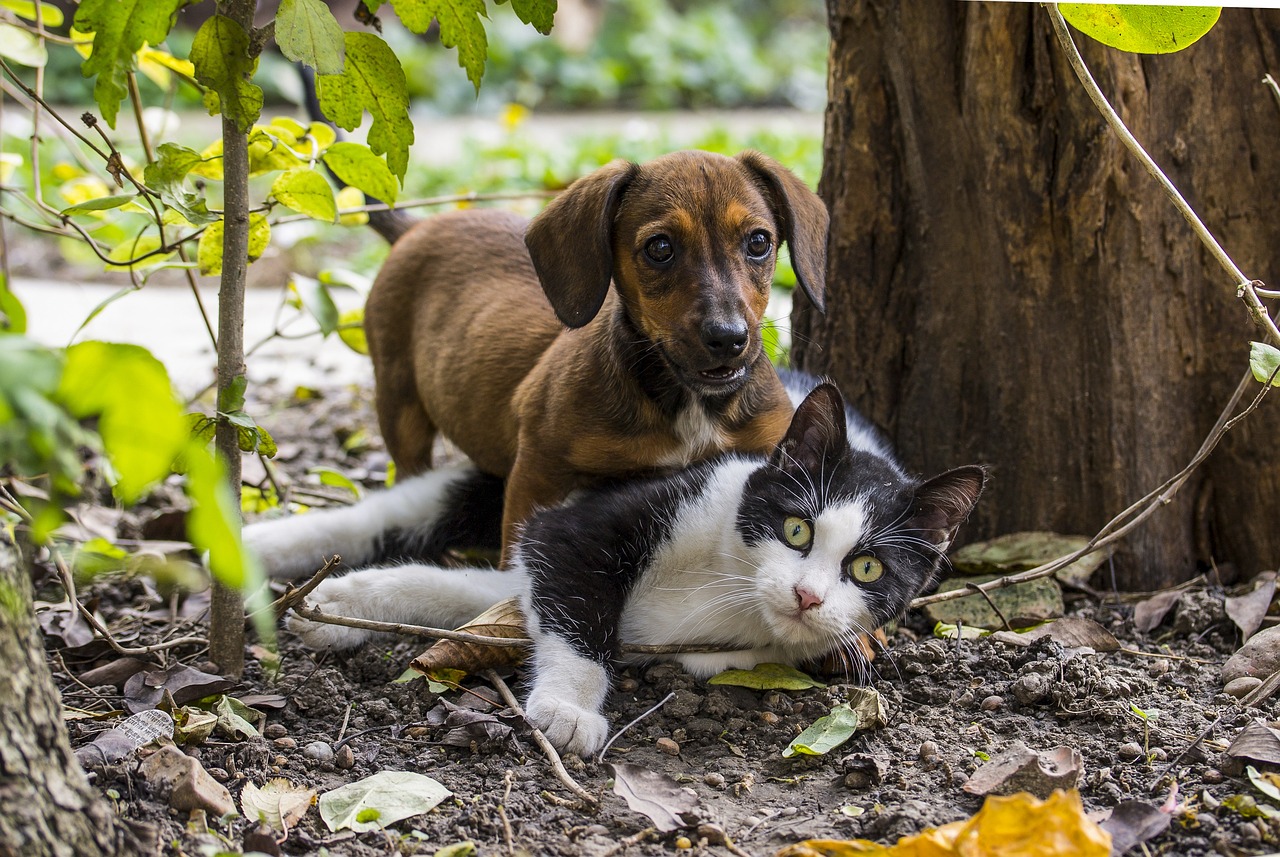
Your dog is lying on the floor having fun with Bugs. Then the dog’s head tilts and chews on a few Bugs. Bugs.
You’re probably asking, “Why is my dog eating Bugs?”
Your dog is taking in Bugs because they perceive Bugs as tiny snack or treat they can play with. If our pets discover critters that are small playing around, they feel an overwhelming desire to play by pawing at them, and even chomping on a few of bugs.
We may think that Bugs are gross However, dogs perceive Bugs differently. They see Bugs as tasty treats and some enjoy the texture and flavor of specific varieties of Bugs.
Can dogs take in Bugs?
Fortunately, the majority of Bugs (also known as insects) are safe for dogs to consume. But, there are some Bugs that are harmful to dogs and could even harm your dog’s friends. The most frightening part is that certain Bugs can actually be toxic for dogs.
What bugs can be harmful to dogs?
Bugs that can be harmful or poisonous for dogs are:
- Ants.
- Asian Lady Beetle.
- Boxelder Bugs.
- Caterpillars. *
- Monarch butterflies caterpillars. *
- Cockroaches.
- Crickets.
- Fireflies.
- Grubs.
- Spiders. **
- Stink Bugs.
- Ticks.
If you encounter any of these Bugs Be extra cautious and ensure that your pets stay far from these at all times.
It’s difficult to keep track of all the harmful Bugs. The most common rule is that if Bugs are able to eat poop, you’ll need to keep them out of your dog’s friends.
This is due to the fact that if your pet consumes the Bug that eats Poop, he could be suffering from stomach worms. In the event of a catastrophe, the elimination of stomach worms can necessitate surgery.
*We’ve named caterpillars of monarch butterflies because they consume milkweed. It is a wildflower that is the only food source that monarch butterflies require. Monarch butterflies also utilize it as host plants to ensure they can lay eggs on it. The larvae also eat the leaves after hatching.
But, it is toxic and extremely harmful to pets since ingestion of milkweed could cause heart damage to your dog.
*We’ve added spiders to the list since it’s difficult to know the type of spider your dog is likely to meet. There are certain venomous species of spiders that pose a threat to dogs, such as spiders like the Brown Recluse spiders and the Black Widows. The dogs who eat these spiders could get sick, therefore it is recommended that your pets avoid any spiders.
Do dogs consume Bugs?
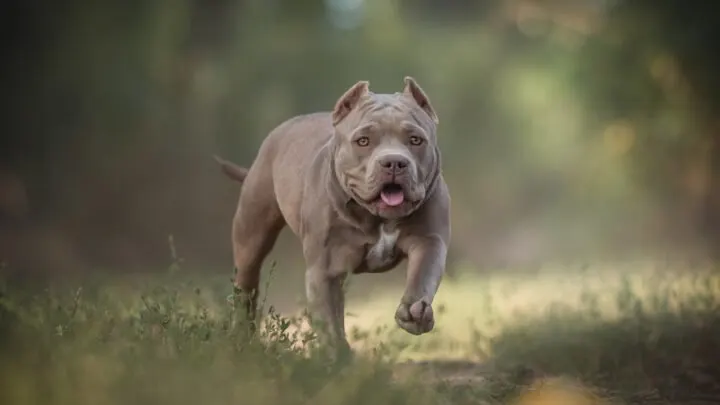
The majority of dogs will eat Bugs by themselves when they see Bugs in your home or out in the backyard. There is a good chance that your dog may eat the occasional Bugs and not even know it.
Thankfully, the majority of Bugs are harmless for our pets. Actually, eating bugs can add protein to your pet’s diet. It’s common for dogs to be interested in their surroundings. And as pet owners, we must let them do exactly this – look around the world around them.
Your dog’s food can cause problems for them and are safe
It’s normal for pets to love playing with Bugs when they see them. Your pet will be drawn to playing with Bugs and may even snack on some. The good news is that the majority of Bugs they encounter can be eaten by them. take in.
Keep in mind the Bugs we’ve mentioned above that can be dangerous (or even poisonous) to our furry friends.
So, let’s dig further and look at the most popular Bugs or insects we come across frequently or in the course of the season. We’ll go over whether dogs can take in the Bugs and if our canine pets will be okay even if they consume certain Bugs.
There are many kinds of Bugs. We will classify them into three categories including crawling Bugs and flying Bugs and Worms.
Crawling Bugs
The first topic we’ll discuss is creepy crawlers. When you go for a walk your pet might come across them. The dog’s family members might even spot the worms in their meal bowls. Fortunately, the majority are safe for dogs if one decides to eat them.
But, there are some that might not be suitable for dogs. Let’s discover which ones.
Can dogs eat Cicadas?
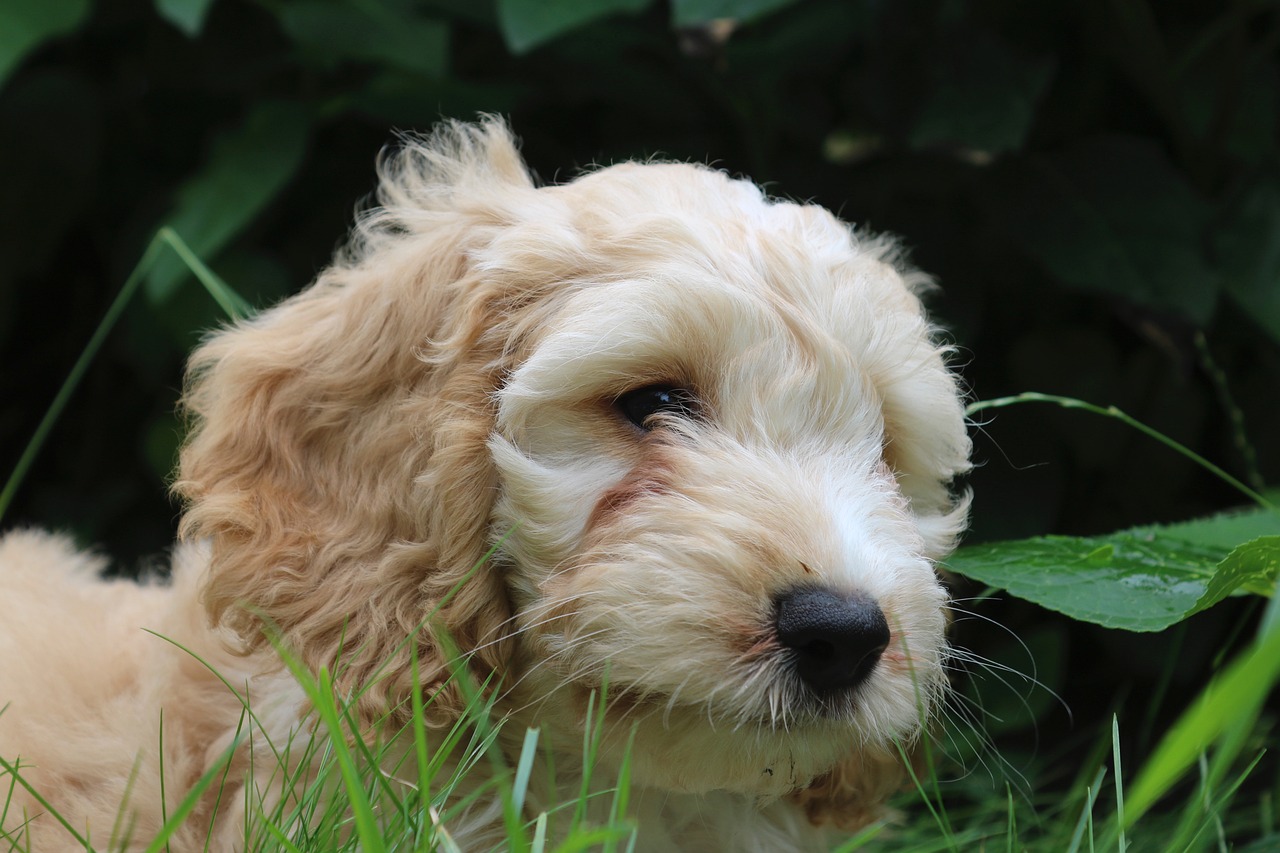
It is true that dogs are able to consume a few Cicadas as the Bugs aren’t toxic for dogs. What about Locusts? Can dogs eat Locusts? Yes, it is possible for dogs to take Locusts for a meal, but it is recommended that dogs not consume a lot of the creatures.
Cicadas and Locusts appear very similar, and a lot of people confuse the two. The primary distinction between Locusts, as well as Cicadas, is the fact that Locusts have slim, straight bodies whereas Cicadas have bodies that are rounded. They are also less tiny as Cicadas and their large hind legs are designed for jumping.
In addition, it is true that both Cicadas and Locusts make noises or sounds. However, the way they create the sound varies. Cicadas are well-known for their distinctive and loud sounds. One could say that Cicada’s bodies resemble musical instruments. The way Cicadas generate noise is different from the way locusts create noise.
When Locusts make noises by rubbing their wings and against the bodies Cicadas make noise by rubbing their bodies against their wings. Cicadas generate a very loud sound by pulling off their tymbals. Cicadas are equipped with two tymbals. One is that is located on both sides the abdomen. When Cicadas play with their tymbals they create friction with their ribs located on the sides of their bodies. This creates that sound.
The reason Cicadas make more volume than Locusts does is that the back of their bodies is hollow, which aids in amplifying the sound they make. Furthermore, their wings aid to direct the sound in different directions. Male Cicadas create a great deal of noise with the intention of attracting female Cicadas, eventually joining with them prior to passing away.
Our dogs’ ears are extremely sensitive. In fact, they are able to hear sounds from 67 Hz up to 45,000 Hz. Humans can only hear between 20 Hz up to 20,000 Hz.
At every 17 years, Cicadas are released during the months between April and May. If the male Cicadas are ready to mat and make loud noises, they’ll do it. This noise can create curious dogs to attempt to determine where the noise originates from.
If your doggie companions happen to stumble upon and consume a Cicada or the Locust Don’t be worried. They’re good.
It’s crucial to be aware that in the event that Cicadas or Locusts aren’t part of your dog’s routine diet If they are, then eating lots of them may cause mild to extreme stomach discomfort or irritation.
So, are Cicadas harmful to dogs?
Absolutely, Cicadas could be dangerous to pets. That’s because the Cicada exoskeletons are difficult to digest, and your dog could develop serious health issues like the following if they consume excessive amounts of Cicadas:
- Vomiting.
- Bloody and loose diarrhea.
- Abdominal discomfort.
- Severe stomach upset.
- Choke on the exoskeleton’s hard surface or take a choke on the wings with stiffness.
- Inhale huge amounts of pesticides.
- Are you experiencing an allergic reaction?
In the event that your pet is suffering from these health issues due to eating Cicadas, You’ll need to consult your veterinarian immediately. The serious effects require immediate medical care and treatment.
Your veterinarian may be required an appointment to provide intravenous liquids (IV fluids) as well as anti-nausea medication gastroprotectants, and medications for pain.
Can dogs eat Ants?
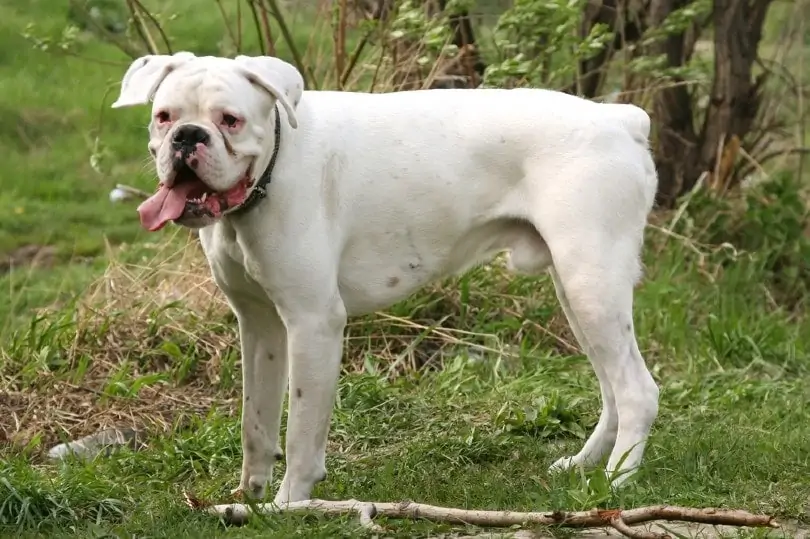
Dogs can indeed take in Ants but it’s recommended to shield your pets from burning Ants. Your furry friend might suffer a severe and painful sting to their tongues, lips and noses if they attempt to eat the flame Ants.
However, the majority of Ants are, in general, aren’t toxic or harmful to dogs. Actually, dogs get protein as well as vitamin C through eating Ants because ants are a great source of protein and healthy for dogs.
My dog was eating Ants that were in his dog bowl. is this okay?
Ants are able to enter your house any day and their task is to search for an abundance of food to feed the Queen Ant. What better method to directly go to the source of food – the dog’s food? So, you might discover Ants wandering around your dog’s bowl or in it.
Can eating Ants harm my pet?
The positive side is that Ants aren’t harmful to your dog , and they’re suitable for consumption by dogs. But, if your pet’s furry friend notices Ants playing around inside his meals, it might not want to eat the food.
If you find that your dog isn’t eating food, be sure to examine the bowl of his dog and check whether there are Bugs or bugs inside.
Can dogs eat Cockroaches?
The truth is that dogs shouldn’t be eating Cockroaches. If you spot Cockroaches wandering about your house Try to eliminate them, or contact an extermination company. Also, you should ensure your dogs are away from them as much as you can.
Do dogs eat Roaches?
Yes, Dogs do devour Cockroaches when they are given the opportunity to do it. Cockroaches are like all other crawly Bugs or insects for our furry friends. The majority of the time our dog doesn’t understand the distinction between specific kinds of Bugs.
Due to our K9 buddy’s natural prey drive they instinctively and immediately chase, play with, and eat any creepy crawlies they see, which is why dog-eating Roaches are not uncommon.
What happens if my pet is eating the Cockroach?
Fortunately, Cockroaches don’t pose a threat to or are dangerous to dogs. Although dogs could get the protein they need by eating Roaches however, it is not recommended.
It is advised that pet owners don’t let their pets consume Cockroaches as this Bug is fed on the feces of their victims. If our pets engage in playtime with Roaches and take them in, it may cause stomach worms to dogs.
Additionally, cockroaches may be carriers of harmful substances, bacteria, poisons, and even illnesses that can harm your pet’s health.
If your dog is eating a Cockroach it is important to keep an eye on him or her attentively. Certain dogs can become sick within a few hours following eating the Roach. There are signs such as:
- Vomiting.
- Digestive upset.
- Stomach upset.
Can dogs eat Spiders?
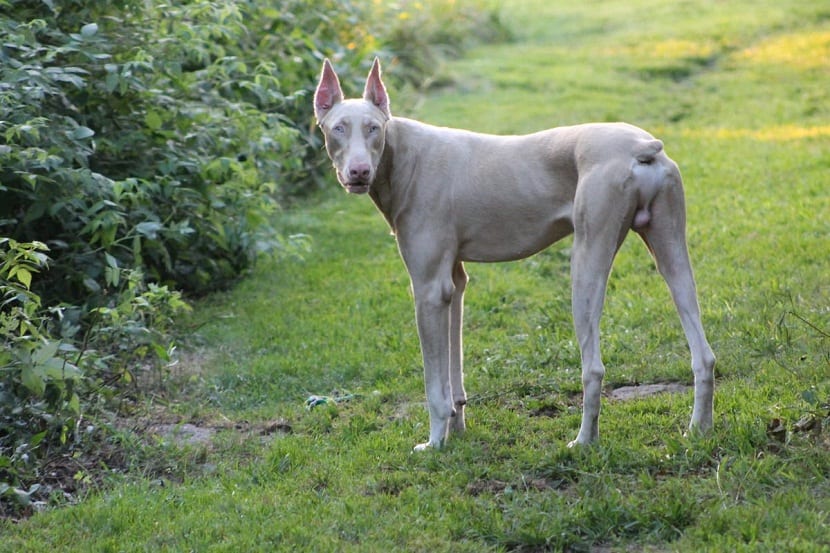
Dogs should not consume Spiders since there are many kinds of Spiders and some of them are poisonous such as The Brown Recluse Spiders and Black Widows, which are dangerous to dogs.
What happens when my dog eats a Spider?
Dogs who accidentally ate the poisonous Spider could become very unwell. If you suspect that your dog is sick after eating a Spider or other animal, we strongly suggest that you call your vet promptly and seek medical attention immediately and treatment.
Apart from the poisonous Spiders, The majority of Spiders in general are fairly harmless to dogs.
To be in the direction of safety and security, it is recommended to protect your dog from all Spiders.
Can dogs eat Crickets?
Yes, dogs can consume Crickets. The crickets can be safe for your dog to consume and they’re with protein and other nutrients which are beneficial for the health of your dog.
So, is Cricket suitable for canines?
Crickets are indeed good for canines. Crickets themselves have high levels of protein, and can be a fantastic alternative to dog meat. A few crickets a day can aid in reducing inflammation of the gut for dogs.
The best part is that they are tasty and dogs will be delighted by the texture and flavor of this bug!
My dog ate a Cricket! What do I do?
In the majority of cases, the K9 companion will be okay. But, we would like to mention that some Crickets are known to carry stomachworm larvae, also known as Physaloptera species. It is not just possible to discover these larvae within Crickets but in other Bugs too , like Cockroaches and beetles.
Dogs who consume the larvae of a Cricket that was infected by larvae could suffer from these signs:
- Vomiting.
- Insomnia, which leads into weight loss.
- Gastritis in the mild form.
- Anemia.
- Ulcers that are bleeding.
- Melena (dark feces).
At times, your dog could even spit out mature worms. It is important to remember that these signs might appear after eating the affected Crickets and they may not be apparent immediately.
Can dogs eat Grasshoppers?
The dogs shouldn’t consume grasshoppers. It is ideal to keep your K9 companions from the tiny Bugs. Although your dog may love playing with them or chasing their tails, Grasshoppers are not safe for dogs to eat.
If your furry friends are able to consume a Grasshopper two infrequently and they are okay. But, they do tend to romp around fields that contain toxic fertilizers as well as pesticides. If dogs eat Grasshoppers they also inhale poisonous pesticides and fertilizers too.
Some Grasshoppers might have roundworms or parasites. This is why it is recommended that dogs avoid eating any Grasshopper.
Can dogs eat June Bugs?
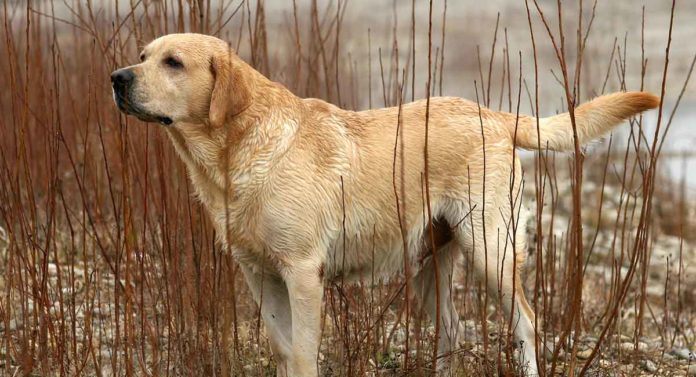
Yes, it is possible for dogs to eat some or even two June Bugs in rare instances. Are June Bugs harmful for dogs to eat? No, not if your pet has only eaten only one or two bugs at a time.
Do June Bugs toxic in dogs?
While June Bugs aren’t harmful or poisonous for dogs however, allowing your four-legged friend to consume more than three or two June Bugs may cause stomach discomfort in pets and the following signs:
- Vomiting.
- Diarrhea.
- Stomach upset.
- Intestinal blockage.
Do June Bugs dangerous on dogs?
June Bugs are often referred to as green June beetles or beetles. They can reach to a length of 0.6 or 0.9 inches. They have shiny metallic green wings. They also have glowing green head, sides and legs. Because the wings aren’t digestible, eating many bugs in June Bugs can cause intestinal obstruction in dogs.
In the most extreme case the intestinal blockage may require surgery. If you suspect that your dog is suffering from an intestinal blockage we strongly recommend you speak with your vet immediately since this will require immediate medical attention.
June Bugs are usually found in the eastern part of the US as well as Canada and they enjoy the warm weather of summer time because they flourish in warmer regions.
While they Bugs are considered to be night-time creatures They love bright lights and can be found wherever there is illumination. When you’ve installed security lighting on your property or lighting for your windows and porches, and are well-lit You can be sure to be surrounded by the June Bugs there.
If you live within the State of Oklahoma and Oklahoma, you’ll recognize the fact that June Bugs are quite common in the state and typically start to come out in the latter part of April and into May. There are between 40 and 50 types that are June Bugs.
It’s vital to know it’s important to note that Bugs are particularly attracted to grassy areas with thatch, so should your pet be playing in your backyard during warmer months There’s a good chance they’ll be engaging in a game with June Bugs and eating one or two. Be on the lookout for them and make sure that they do not eat more than a handful of June Bugs.
Can dogs eat Stink Bugs?
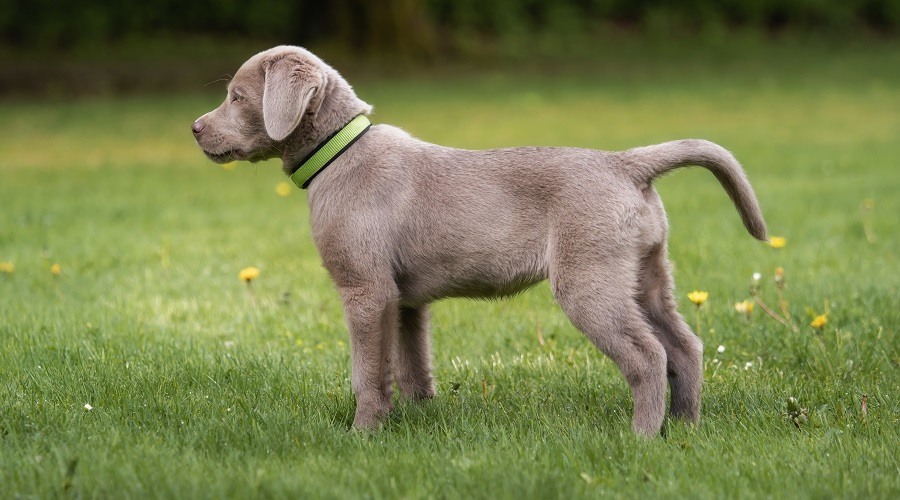
Dogs are able to safely consume a couple of Stink Bugs every once in some time since Stink Bugs are not poisonous for dogs. If dogs come across Stink Bugs in the wild, they usually like playing in the sand with Stink Bugs. Our pets will chase them , and naturally, eat them.
Stink Bugs were named due to their unpleasant and offensive smell to repel their prey. Your dog might nibble on one, eventually lose interest and abandon the Stink Bug at home due to their foul smell and unpleasant taste.
Does Stink Bugs poisonous to dogs?
It is a good thing that Stink Bugs are not toxic or poisonous to dogs.
Do Stink Bugs bite dogs?
It’s not true, Stink Bugs do not bite or sting dogs or other animals.
Do Stink Bugs make dogs sick?
It’s true that Stink Bugs can make dogs sick. Some dogs may be prone to excessive drooling and vomit. This is due to the fact that the consumption of Stink Bugs can irritate your pets’ digestive tract. Fortunately, these signs don’t last long and will be able to disappear by themselves.
However, it is recommended that our pets stay far from the Bug. Dogs who consume more than two Stink Bugs could develop bezoar in their stomachs. This is when a tough mass develops in the stomach and prevents food particles in the stomach from getting into in the digestive tract.
The mass of hard matter is typically made up of the hard, indigestible shells of Stink Bugs.
The majority of the time it is necessary to remove the hard lump or bezoars. If you suspect that your dog has consumed a significant amount of Stink Bugs, you’ll want to contact your veterinarian immediately and get urgent medical treatment for your dog pet.
My dog ate a Stink Bug! Do I have to be concerned?
If your dog ate a Stink Bug, don’t fret! As we’ve said before, the Bugs are not poisonous or poisonous to dogs aside from their foul secretion and smell.
If, however, your pet exhibits any of these symptoms, we strongly recommend contacting your veterinarian immediately.
Can eating Stink Bugs hurt dogs?
Yes taking in Stink Bugs can hurt dogs. There are cases that dogs throw up or suffer from stomach discomfort following taking in Stink Bugs due to the smelly secretion of these Stink Bugs. Fortunately, the issue should go away in the next 8-12 hours.
Dogs that consume Stink Bugs may sometimes experience discomfort or stinging sensations around their eyes. This is usually the case if the secretion gets in their eyes , and it may last for several hours.
It is important to remember that the secretions of the Stink Bug may also cause irritation to your dog’s gums, lips and tongue, which could cause your dog to drool a lot.
There are Stink Bugs on farms and because they are an invasive pest Many farmers employ insecticides to eliminate the insects. This means that certain Stink Bugs may be covered or covered in insecticide chemical solutions and dogs who eat them could be at risk since insecticides have poisonous components.
Can dogs eat Slugs?
Dogs should not consume Slugs as well as dog owners must be sure to keep the slimy creatures from their dogs at all times.
Do you think eating Slugs good for canines?
Yes it is true that eating Slugs are not good for dogs as Slugs contain lungworms and there’s a likelihood that your furry friends might contract lungworm just by touching the Slug affected by this parasite. If your dog contracts lungworm, this parasite can be attacking its lungs and blood vessels in the heart.
This means that our beloved dog could suffer internal hemorrhaging, or even respiratory illness.
Humans also can contract lungworm. Imagine your dog eating or licking your Slug that is infected by lungworm, then kissing your face.
When your K9 companions consume the Slug or two, they might be afflicted with these signs and symptoms:
- Vomiting.
- Afraid stomach.
- The fatigue or lack of energy.
- Mucus is found in the mouth of the dog.
- Unusual mouth movement.
- Unusual tongue movement.
- Slug slim or bits located around your dog’s nose, mouth and the paws.
Do Slugs hurt dogs?
As you can observe, Slugs can definitely harm our pets. The good thing is that lungworm is treatable if caught early . So be sure to notify your pet’s veterinarian immediately if you notice any symptoms or symptoms. The vet might prescribe treatment such as anti-parasitic. This is very beneficial in the initial stages of the infection.
Don’t delay too long when you notice abnormal behaviors or any symptoms that are listed above as the infection could be serious and cause permanent injury to the dog’s lung and heart blood vessels.
Do slugs cause poisoning for dogs?
Yes there are some Slugs can be harmful to dogs. This is yet another reason that your furry family members must stay clear of Slugs. Some Slugs depending on the environment they’ve come in contact with the environment, could have eaten the poison slugs ingest. The majority of farmers and those like us employ slug bait poison to rid the Slugs from their farm or in the backyard.
The poisons in slug baits are made up of an ingredient known as metaldehyde, which can be fatal since it is a neurotoxin that is extremely strong.
So, are slugs poisonous for dogs if they are consumed?
Yes, dogs who consume Slug with poisoning from slugs could be poisoned by metaldehyde. The signs and symptoms typically begin to appear within one to four hours following the consumption of this poison.
- Vomiting.
- Twitching.
- Tremors.
- Convulsions.
- Diarrhea.
- Anxiety.
- Body collapse.
- Disorientation or loss of coordination.
- Breathing difficulties.
- Breathing heavily or very rapidly.
- Fever.
- Doodling too much.
- Their heart rate is fast.
- It is sensitive to sound and touch.
- Seizures.
My dog has consumed the Slug! Do I have to do anything?
If you see any of these symptoms in your pet, contact your vet right away or contact for help via the Pet Poison Helpline. They’re available 24/7 in the event that you’re unable to contact your vet.
Fortunately, Slugs don’t really taste very good. They’re slimy and smelly. are disgusting! If your dog accidently ate the Slug or two and ate it, the good news is that they’ll most likely vomit it out.
Flying Bugs
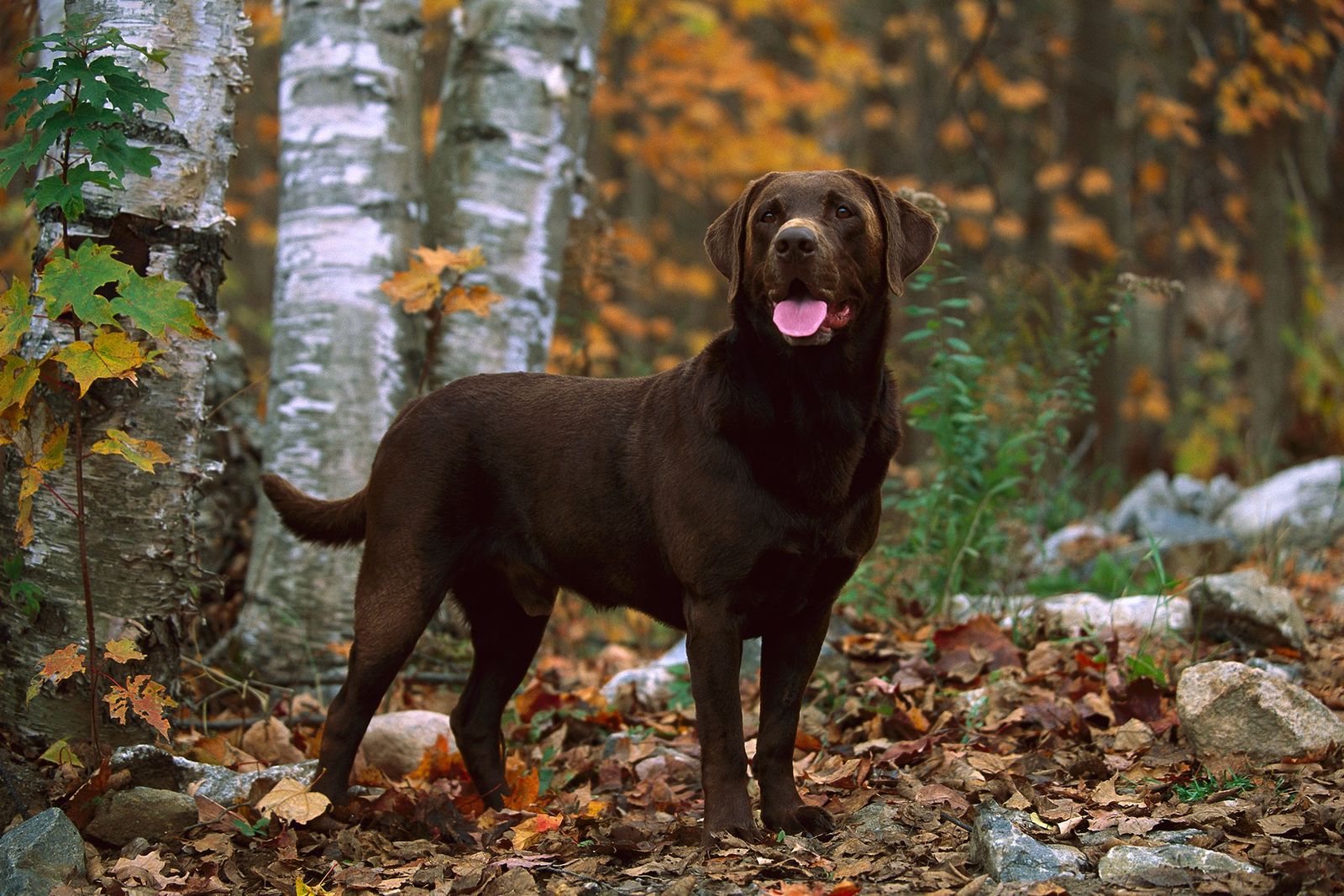
We’ve now covered the gross Bugs but what do you think about the Bugs which fly about us and K9 pals? Do the flying Bugs and insects suitable for dogs to eat? We’ll discuss every one of the flying Bugs in the coming weeks.
Can dogs eat Flies?
Yes, Dogs are able to consume Flies. There are numerous types of Flies. There are the typical household Flies you will find in your house Fruit Flies, drain flies, and much more!
If you notice Flies in your home or even in your backyard, you might see your pets trying to capture them and then swat the flying Bugs using their claws.
Because our furry friends are naturally interested in everything they see and will play with Flies as the Flies move through their air. If they do, they will swat at the Flies by paws and capture one, it’s common for dogs to consume the Flies.
Does it make sense for dogs to consume Flies?
It is true that it is okay for dogs to consume Flies because Flies have no risk for canine consumption. If flies are only a few times a year and you are not a fan, it is permissible for dogs to eat.
Keep your dog’s eyes on it and ensure that eating of Flies isn’t a habit.
Also, can dogs eat Flies that are in the house?
Dogs can indeed take home Flies because the flying insects do not pose a danger to your furry friends. Make sure that eating house Flies is not an routine. If your dog is playing catch with house Flies and happens to eat one, your dog should be fine.
Do you think it is harmful for dogs to consume Flies?
Although Flies aren’t toxic or poisonous for dogs, they could cause harm to dogs. This is because Flies attract all things, including poop, food that is rotten, and organic matter that is decaying.
Poop and other decaying matter might be parasites, such as roundworms, tapeworms, and hookworms. If the Flies come into contact with excrement that has been contaminated with parasites, they may be the new host for these parasites. After they leave they take the parasites along with them.
If your pet takes a bite of the flesh of a Fly that has been contaminated by parasites, it could unintentionally, become the next host for these harmful parasites. The Flies have passed on parasites such as roundworms hookworms, and tapeworms to your pet.
It is crucial to ensure that your dog’s current on the latest medication to prevent parasites. If you’re worried or have any concerns about this, we recommend speaking with your veterinarian and verifying that your pet has all of the required medications to prevent parasites.
My dog ate a Fly! What should I do?
If your dog ate a Fly, don’t fret! It’s not unusual for dogs to play in their natural surroundings. They may also chew on an entire Fly during a game in your backyard or going for a stroll. Be sure to keep an eye on your dog when you’re out.
Although Flies aren’t harmful or poisonous to your dog, you’ll have to keep an eye on your pet. If you’re concerned that your dog may be suffering from parasites, such as tapeworms, from the Flies We strongly suggest consulting with your veterinarian immediately.